Improving the Public Health Response
NSSP, CDC programs, and health departments collaborate to conduct pilot tests and exercises, and to improve processes to achieve public health goals more efficiently.

NSSP Supports East Palestine, Ohio, Train Derailment Response
After a train derailment and potential chemical exposure, NSSP emergency department data were used to detect, monitor, and guide mitigation efforts–improving situational awareness.

Emergency Department Data Give Glimpse into Seasonal Trends in Mental and Behavioral Health Conditions Among School-Aged Children
Emergency department (ED) visits for eight mental and behavioral health conditions increase and remain elevated during the school year. CDC subject experts collaborated with others to get further insight into the emotional health and well-being of U.S. children and adolescents in relation to the academic year.

CDC Examines Increases in ED Visits Involving Cannabis Among Youth During the COVID-19 Pandemic
Visits related to cannabis among youth spiked after declaration of the pandemic in March 2020, especially among children 10 years or younger. Clinicians may want to screen for cannabis intoxication when a youth presents to the emergency department (ED), increasing the likelihood of providing appropriate care.

NSSP Support During and After the COVID-19 Pandemic
The COVID-19 pandemic led to the largest response to any disease outbreak in CDC’s history. The National Syndromic Surveillance Program (NSSP) is an essential part of CDC’s agencywide, long-term response to COVID-19. This article describes NSSP’s support during the national response and continued monitoring of COVID-19 trends.

Defining ‘Disability’ in Clinical Terms
The COVID-19 pandemic had a profound effect on everyone. People living with disabilities had more severe illness and reported greater challenges getting to a vaccination site. The CDC is now working with others to define disability in clinical terms so that data can be collected to better understand and address these and other challenges.

CDC Funding Links Data to Suicide Prevention
Emergency department data from the National Syndromic Surveillance Program are being used to better understand suicidal behavior and guide prevention measures.

NSSP Supports CDC’s Mpox Response
Data from the National Syndromic Surveillance Program (NSSP) and other CDC programs are integral to detecting and monitoring novel and emerging diseases. NSSP collaborates with infectious disease experts throughout the agency and with epidemiologists to closely monitor multiple NSSP data sources to improve our understanding of mpox.

Understanding the Pandemic’s Impact on Children and Teens
Experts in syndromic surveillance and behavioral health collaborated on two reports that examine the impact of the pandemic on the health and well-being of children and teens.
Data Integration Improves Public Health Surveillance
The NSSP team collaborated on a pilot project to integrate mortality data with syndromic data. The addition of mortality data to NSSP’s BioSense Platform will give insight into anomalies and deviations from baseline trends.

White House Briefing Uses NSSP Data to Demonstrate Severe Heat-related Impact of Climate Change
The National Climate Task Force used CDC’s National Syndromic Surveillance Program data during a June 2021 White House briefing to show the increase in cases of heat-related emergency visits associated with climate change.
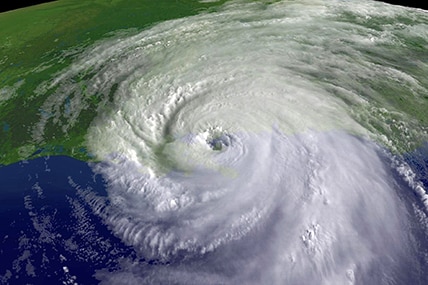
Prepare, Respond, Recover…
NSSP Assists Emergency Response Efforts
The public health impact from hurricanes and tropical storms can be devastating and multifaceted. The CDC’s National Syndromic Surveillance Program provides actionable data—in near real-time—to improve the public health response.

Syndromic Surveillance of Vaccine-associated Adverse Events in U.S. Emergency Departments
Syndromic surveillance can supplement vaccine safety monitoring systems currently being used. An article published in Vaccine demonstrates how emergency department data from the National Syndromic Surveillance Program (NSSP) can identify and monitor vaccine-associated adverse events (VAE).
CDC Heat & Health Tracker Uses NSSP Data
Tracker uses syndromic data to display emergency department visits associated with heat-related illness. These actionable data can inform public health messaging.

ESSENCE Laboratory Categorizations v1
The NSSP team has been working with subject experts at CDC to sort laboratory tests into categories. Use these categories to quickly find laboratory tests for a specific pathogen, chemical, or other area of interest.
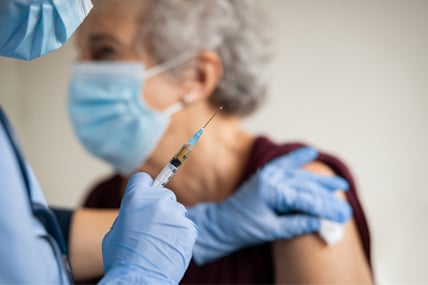
Query Available to Help Identify Emergency Department Visits after Vaccination
State and local partners NSSP have expressed interest in exploring the use of emergency department (ED) data to monitor safety.

Developing a Suspected Child Abuse and Neglect Syndrome for State Health Departments
In July 2020, NSSP Community of Practice Syndrome Definition Subcommittee focused on health topics that affect children, including COVID infection-associated shutdowns, children being out of school, and families under increased stress.
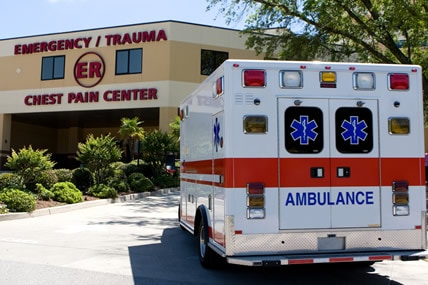
Interstate Sharing of Opioid Data
During the June 2020 NSSP CoP monthly call, “Interstate Data-Sharing in the BioSense Platform,” Zach Faigen (NC) and Mike Dolan Fliss (NC) described their project for sharing opioid data from emergency department (ED) visits with neighboring states. Their motivation stemmed from the 2019 NSSP Regional Data Sharing Workshop Series in which attendees discussed the feasibility of, challenges to, and goals for sharing data across public health jurisdictions.
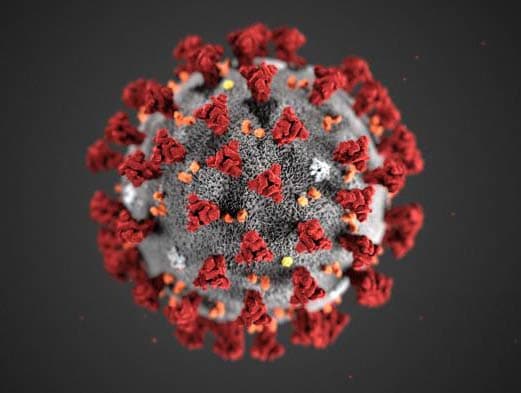
Epidemiologists Use NSSP–ESSENCE Dashboard to Supplement Case-Finding for COVID-19
CDC is closely monitoring an outbreak of respiratory illness caused by a novel coronavirus (nCoV) first identified in Wuhan, Hubei Province, China.

NSSP and NCIRD Assess ILINet Collaboration
States routinely use syndromic surveillance to monitor influenza-like illness (ILI) and detect novel influenza virus activity.
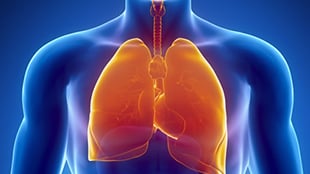
Lung Injury Response, NSSP Develops Queries to Support
In mid-August 2019, NSSP staff began working with members of the NSSP CoP and develop queries that could support CDC’s ongoing multistate lung injury response.
